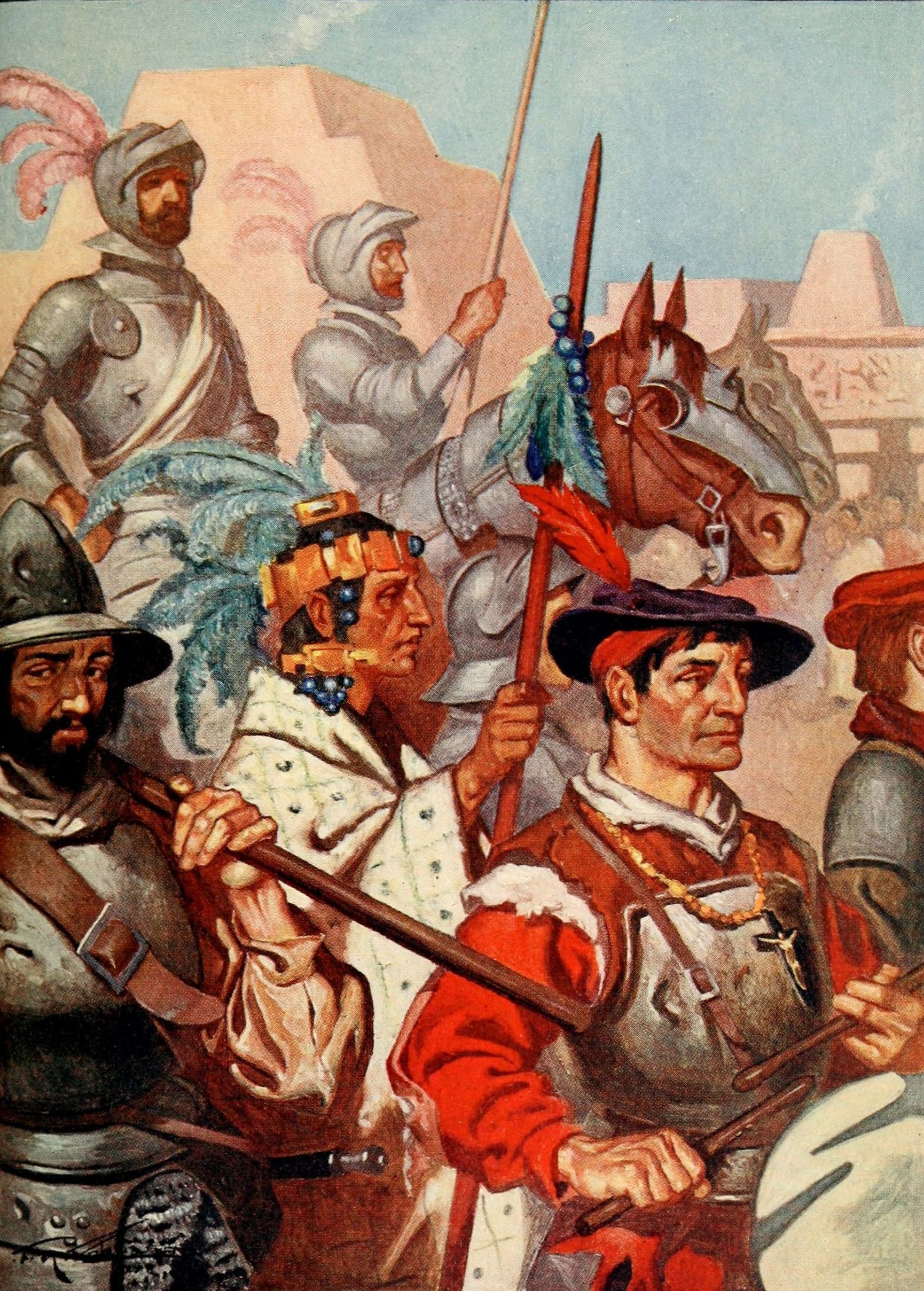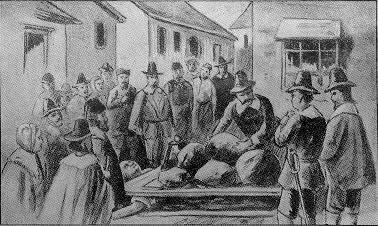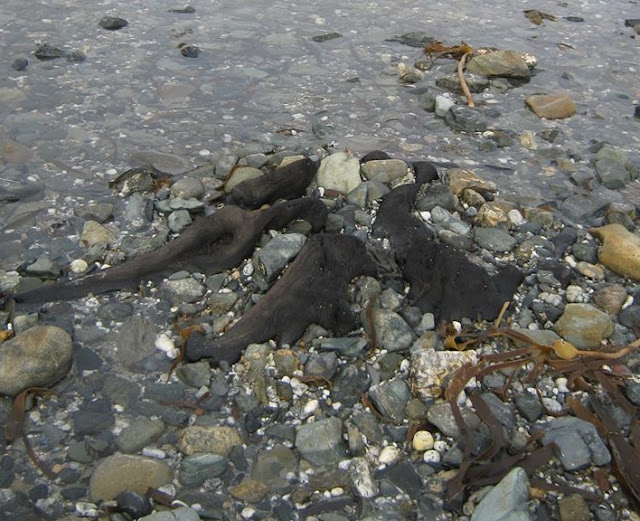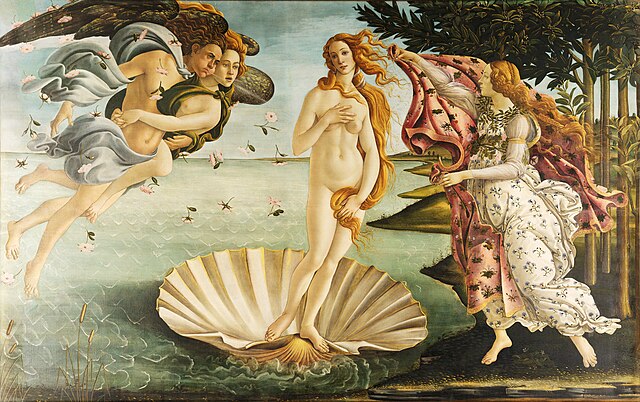During his sword act in the 1940s, Dajo would stand shirtless on the stage, while an assistant ran fencing foils through his body, one at a time. Audience members and medical doctors would also be invited onto the stage to watch the act being performed at close range and to examine his sword piercing methods for trickery. But to their evident surprise, the swords were pushed through the front of Dajo's body and would come out of his back.
In his youth, Dajo may have experienced mental health issues, as he had many strange dreams and what he called "paranormal" experiences. Later at the age of thirty-three, he is said to have had the realisation that his body was "invulnerable", which led him to Amsterdam, where he began performing various "acts" outside pubs. Dajo would swallow glass and razor blades and allow people to pierce him with "dagger-like objects."
Dajo was of the opinion that God was using him to show the people of the world that there was more to life than materialism and that they should acknowledge a higher force.
 |
| Promotional photograph of Mirin Dajo showing a rapier piercing his thorax from back to front |
So how did Dajo really perform these incredible acts? It is evident that the swords did indeed pass through Dajo's body, but many sceptics and doctors today believe that Dajo may have learnt the technique from fakirs in India (religious ascetics).
The method of impaling his body with swords may have involved Dajo getting his assistant to push the sword, bit by bit, into his body, leaving it in its place until scar tissue formed; similar to the way ear-piercing works. This would cause a fistula (passageway) to form. Dajo's body was covered with scars, perhaps from his attempts to create fistulas. It is believed that he may have managed to create at least four fistulas. However, he would have needed a thin metal rod (or similar), constantly holding the hole open, again, much like an ear piercing.
Mirin Dajo died on May 11, 1948, after swallowing a steel needle. It is said that he was instructed to do so by voices. The needle was removed by surgeons, but the autopsy revealed Dajo had died of an aortic rupture.
The method of impaling his body with swords may have involved Dajo getting his assistant to push the sword, bit by bit, into his body, leaving it in its place until scar tissue formed; similar to the way ear-piercing works. This would cause a fistula (passageway) to form. Dajo's body was covered with scars, perhaps from his attempts to create fistulas. It is believed that he may have managed to create at least four fistulas. However, he would have needed a thin metal rod (or similar), constantly holding the hole open, again, much like an ear piercing.
Mirin Dajo died on May 11, 1948, after swallowing a steel needle. It is said that he was instructed to do so by voices. The needle was removed by surgeons, but the autopsy revealed Dajo had died of an aortic rupture.












